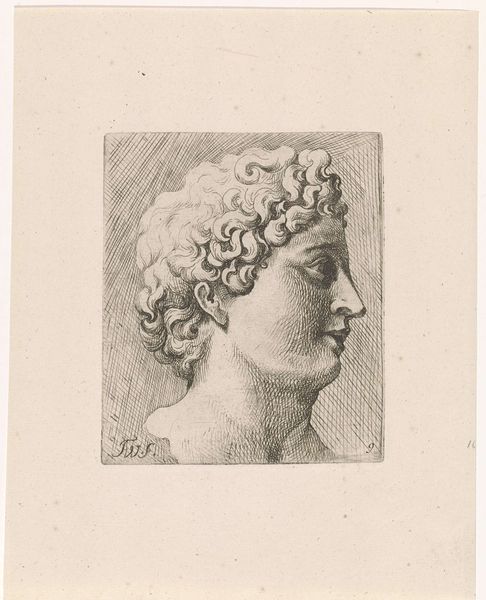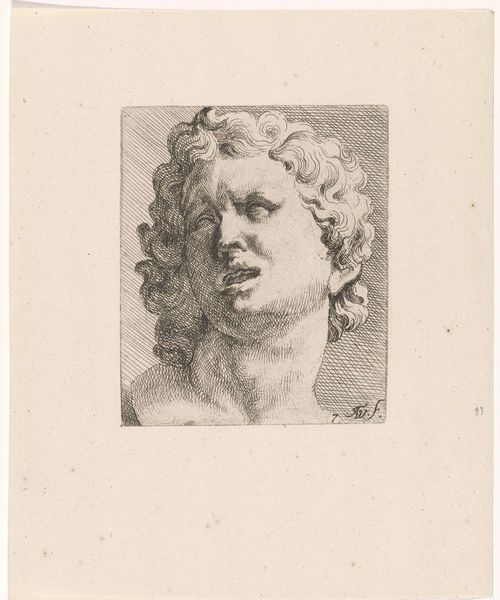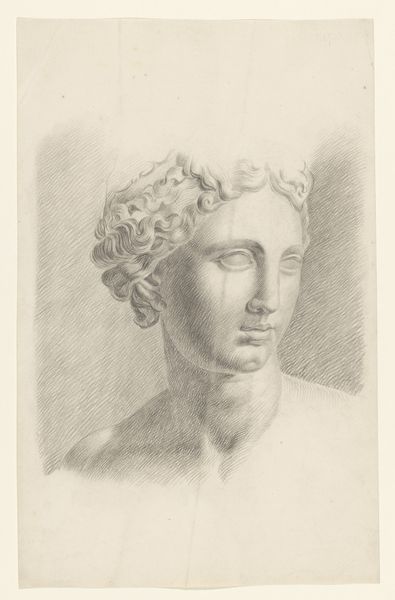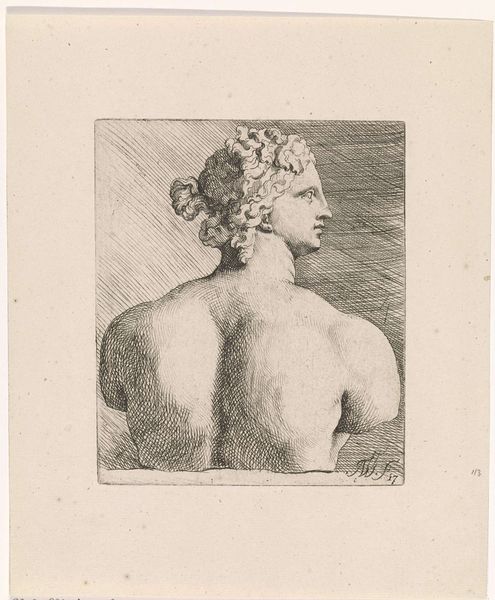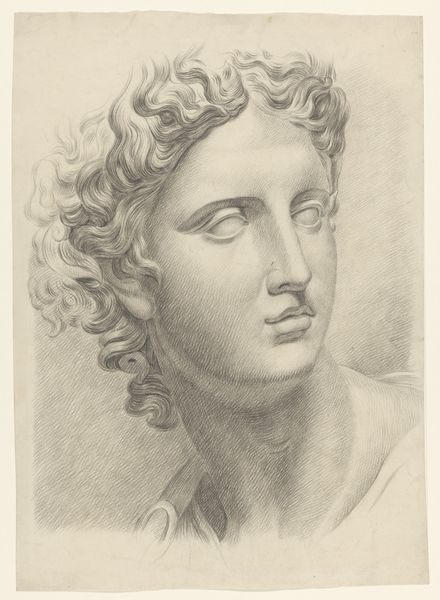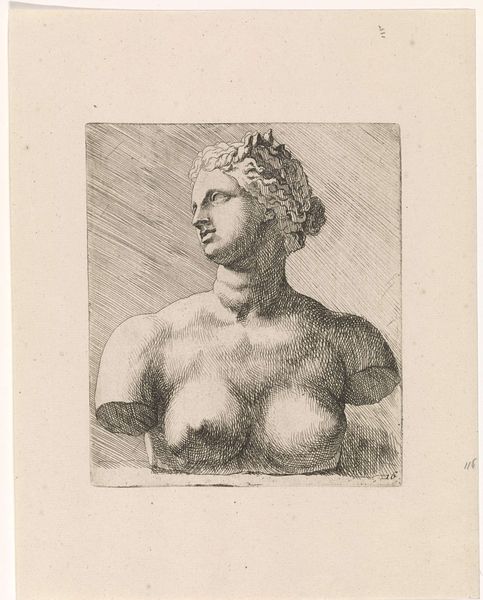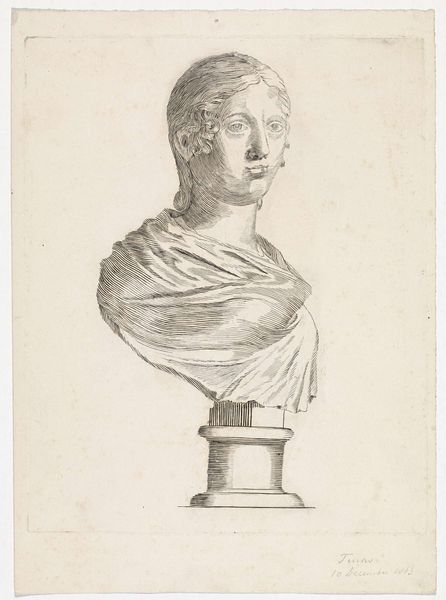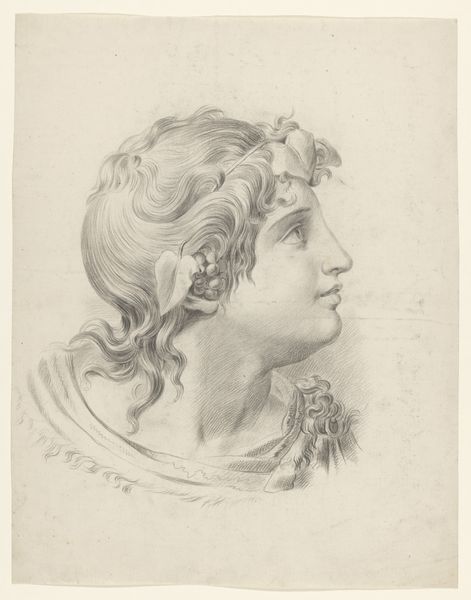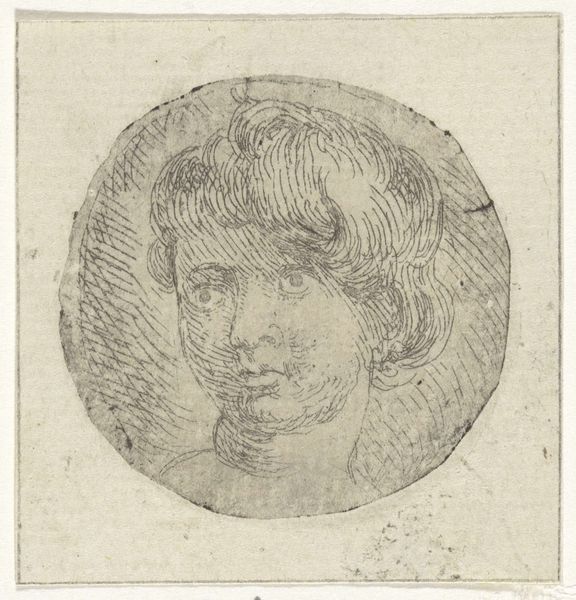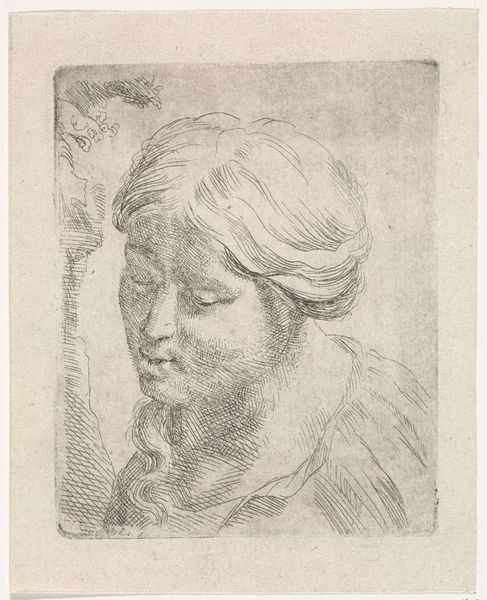
print, engraving
#
portrait
#
baroque
# print
#
old engraving style
#
figuration
#
portrait drawing
#
history-painting
#
engraving
Dimensions: height 119 mm, width 104 mm
Copyright: Rijks Museum: Open Domain
Editor: Here we have Augustinus Terwesten’s "Portretbuste van een man naar links," an engraving from around 1672 to 1711. It’s a very clean image. The figure emerges crisply. What strikes me most is the meticulous detail achieved with such a demanding printmaking technique. What can you tell me about it? Curator: The meticulousness you observe isn’t just aesthetic; it speaks directly to the economics and labor of art production in the Baroque period. Engravings like this served as a means of disseminating images, essentially mass-producing art. Consider the craftsman hours spent cutting those lines into the copperplate versus its accessibility to a broader consumer base. How does this impact your understanding of the artwork's value? Editor: I guess I hadn't considered it in terms of mass production, like an early form of image sharing. I was focused on the "art," but now I see the 'work' that went into it. So, would its value come more from its accessibility to the lower classes? Curator: Precisely! And don’t forget to consider who controlled the means of production and consumption. Was Terwesten an independent artist profiting directly from these prints, or was he commissioned by a wealthy patron or publishing house? Understanding those dynamics provides a much fuller material analysis of this object. The paper itself matters; where was it sourced and how does the quality speak to the print’s intended market? Editor: So, looking at the social and economic factors behind this piece really reveals a lot about its purpose and value in its time. Not just aesthetics. I'll keep that in mind going forward. Thanks! Curator: Exactly! Now you're thinking like a true art historian.
Comments
No comments
Be the first to comment and join the conversation on the ultimate creative platform.
